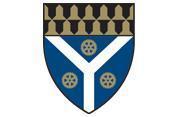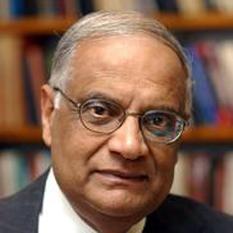Teaching Online: the Teamwork Behind the Scenes

When courses moved online at the end of March, it was an entirely new way of teaching for many faculty. Getting everyone up to speed in a short time required a team effort.
 “I have been teaching for 55 years but I've never done this, and I like to interact with the students, talk to them, ask them questions and whatnot,” said Kumpati S. Narendra, the Harold W. Cheel Professor of Electrical Engineering. “But I couldn’t do that the first two lectures. I’m a dinosaur - I belong to a different age,” he said, laughing,
“I have been teaching for 55 years but I've never done this, and I like to interact with the students, talk to them, ask them questions and whatnot,” said Kumpati S. Narendra, the Harold W. Cheel Professor of Electrical Engineering. “But I couldn’t do that the first two lectures. I’m a dinosaur - I belong to a different age,” he said, laughing,
With the assistance of his teaching fellow, graduate student Kasra Esfandiari, efforts to get the professor’s courses fully online were soon underway. The SEAS team was notified and a series of steps were set in motion. First, Nicholas Bernardo, research support specialist, and Andrew Morcus, facilities operations manager, went to Prof. Narendra’s office, disinfected the necessary computer equipment and a camera. Maintaining social distancing guidelines the whole time, the equipment was then dropped it off at his home.
From there, Esfandiari worked with Katherine Schilling, associate research scientist, on getting everything set up.
“My role was to work remotely with him Kasra to find out how Prof. Narendra wanted to run his class, understand the technological limitations and options available, and work with Prof Narendra and Kasra to set up the solutions,” she said. “I assisted with setting up his course’s remote meetings through Canvas and Zoom and helping him learn how to run it independently. He’s delivering his lectures via webcam and Zoom in Canvas. We worked together pretty closely for a little over a week, and then he’d mastered everything he needed to know!”
Throughout the process, Prof. Narendra said he was mindful of safety recommendations regarding COVID-19, noting that his age - he turns 87 this week - puts him at particular risk.
“I’m just being very careful, but at the same time, you cannot just cut yourself off from the world.”
Once he was up and running, Prof. Narendra said it didn’t take long at all to get used to the new set up. Plus, it gave him an opportunity to employ an old-school teaching device amid all the cutting-edge technology - specifically an old blackboard he salvaged in 1968 before one of Yale’s buildings was taken down to make way for the Becton Engineering & Applied Science Center.
“So now I have a big blackboard in my house, and I write on the blackboard," he said. "That's what they see - the camera is focused on that. So they are able to see me clearly and hear me. I will tell you that I am happy and am looking forward to the lecture tomorrow.”

